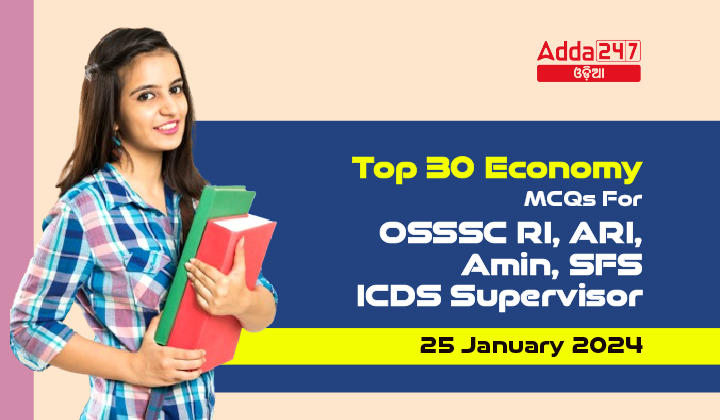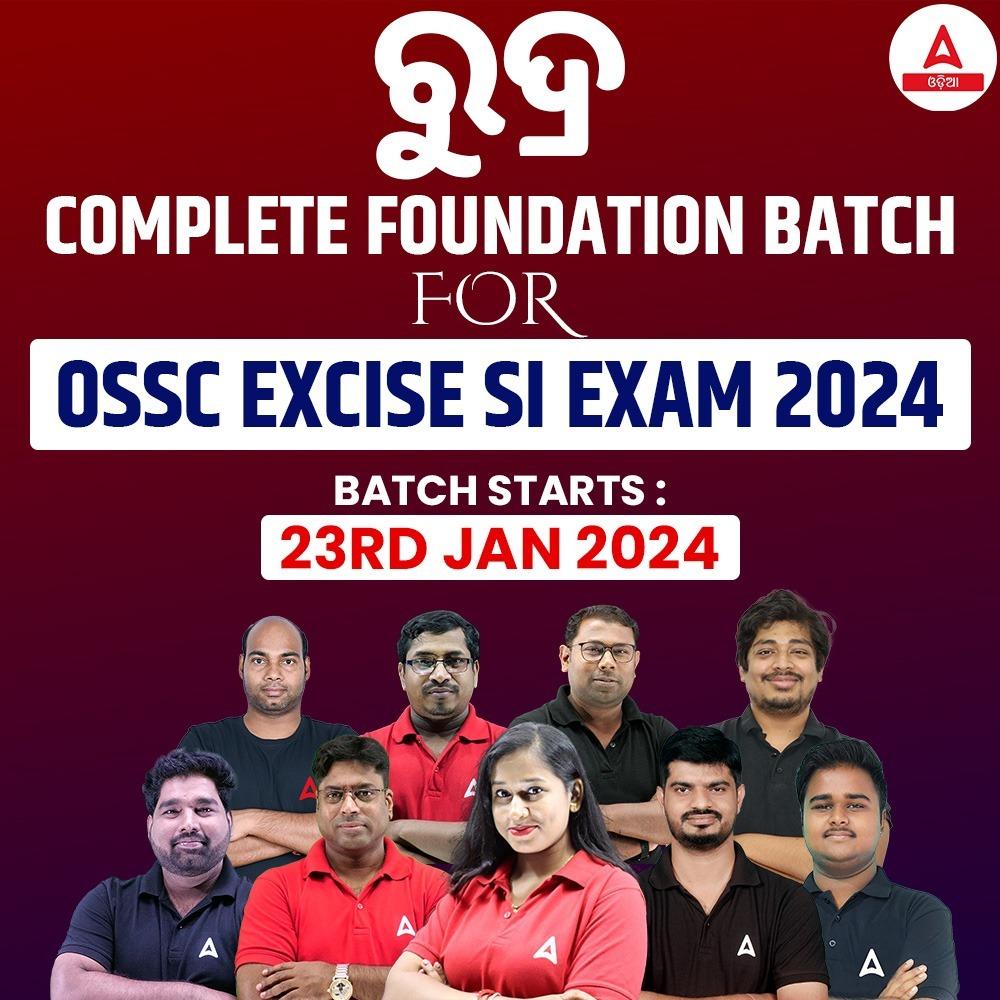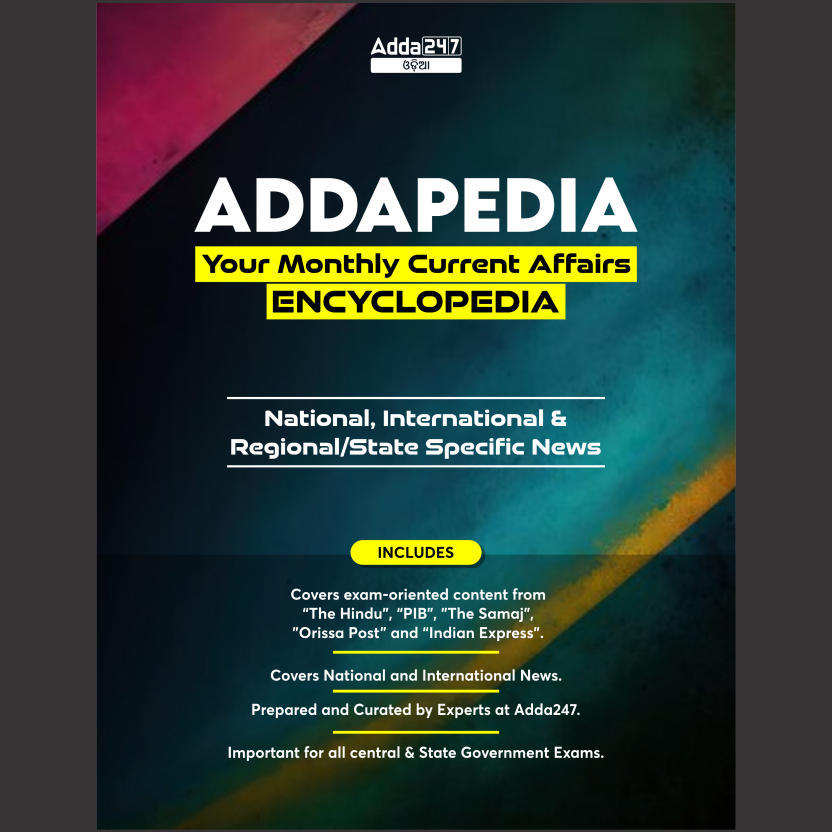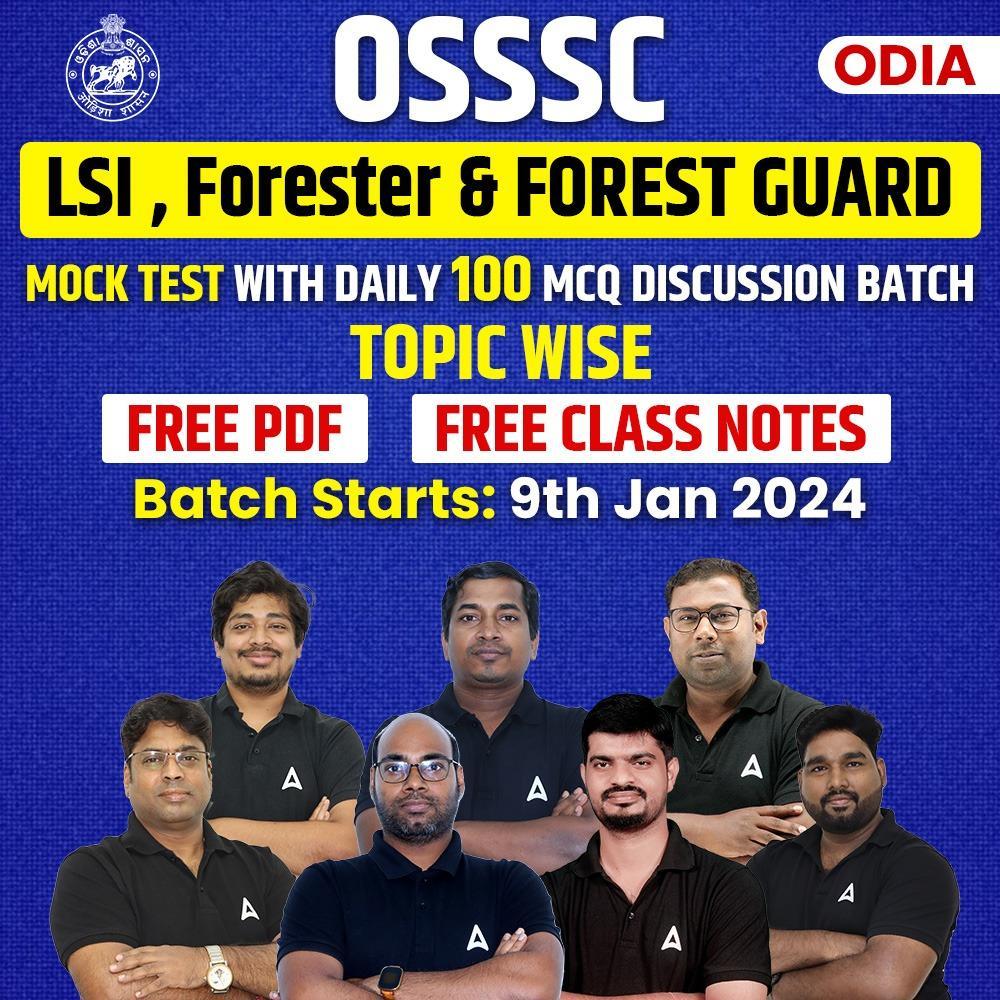The upcoming OSSSC RI, ARI, Amin, SFS, and ICDS Supervisor exams require candidates to be well-versed in various subjects, including economy-related topics. To help you prepare effectively, we’ve compiled a list of the top 30 Economy Multiple Choice Questions (MCQs) along with answers. These questions cover a range of economic concepts and will be beneficial for your exam preparation.
Top 30 Economy MCQS For OSSSC RI, ARI, Amin, SFS, ICDS Supervisor
Continue practicing these questions to enhance your economic knowledge and boost your chances of success in the OSSSC RI, ARI, Amin, SFS, and ICDS Supervisor exams. Good luck with your preparations!
- Question: What is GDP?a. Gross Domestic Product
b. General Development Process
c. Government Development Protocol
d. Gross Democratic Progress
Answer: a. Gross Domestic Product
- Question: Which of the following is not a component of GDP?a. Consumption
b. Investment
c. Government expenditure
d. Transfer payments
Answer: d. Transfer payments
- Question: What does CPI stand for?a. Consumer Price Index
b. Central Price Integration
c. Corporate Profit Index
d. Currency Purchasing Income
Answer: a. Consumer Price Index
- Question: Inflation is the increase in the:a. Supply of money
b. Price level of goods and services
c. Exchange rate
d. Unemployment rate
Answer: b. Price level of goods and services
- Question: What is the primary tool used by the Central Bank to control inflation?a. Fiscal Policy
b. monetary policy
c. Exchange Rate Policy
d. Industrial Policy
Answer: b. monetary policy
- Question: Which organization is responsible for issuing currency notes in India?a. Ministry of Finance
b. Reserve Bank of India (RBI)
c. State Bank of India (SBI)
d. Indian Printing Press
Answer: b. Reserve Bank of India (RBI)
- Question: What is the main objective of the Pradhan Mantri Jan Dhan Yojana (PMJDY)?a. Promoting Digital Literacy
b. Financial Inclusion
c. Rural Electrification
d. Skill Development
Answer: b. Financial Inclusion
- Question: Who formulates the monetary policy in India?a. Ministry of Finance
b. Reserve Bank of India (RBI)
c. Planning Commission
d. Securities and Exchange Board of India (SEBI)
Answer: b. Reserve Bank of India (RBI)
- Question: What is the main source of revenue for the Government of India?a. Income Tax
b. Goods and Services Tax (GST)
c. Corporate Tax
d. Both a and b
Answer: d. Both a and b
- Question: What is the full form of SEBI?a. Securities and Exchange Board of India
b. Stock Exchange Bureau of India
c. State Economic and Business Institute
d. Securities and Economic Board of India
Answer: a. Securities and Exchange Board of India

















